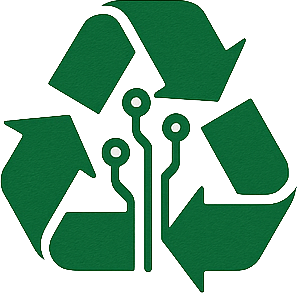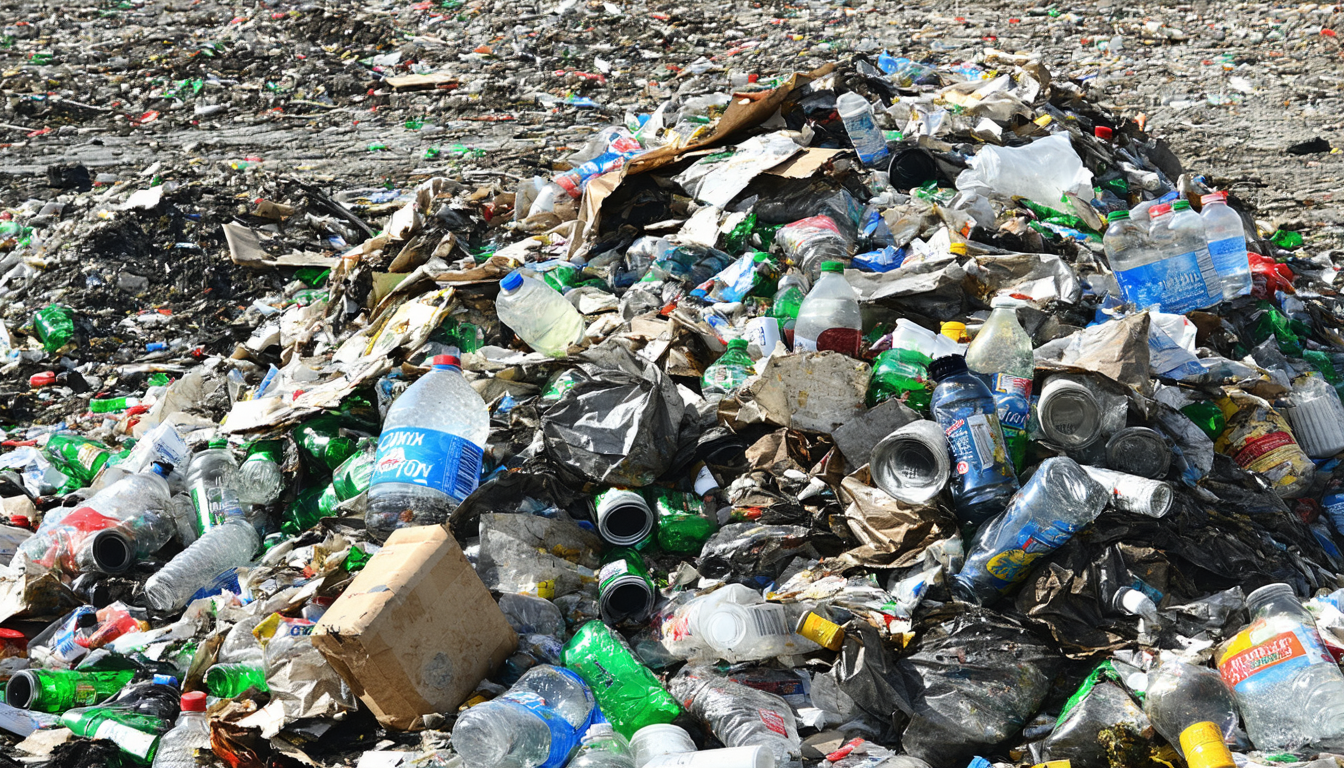In the United States, solid waste disposal remains a pressing environmental and public health concern, with millions of tons of waste generated annually. As cities grapple with overflowing landfills and pollution challenges, innovative solutions and stricter regulations are shaping the future of waste management. This article explores the latest developments in solid waste disposal across the nation, from cutting-edge recycling technologies to new federal policies. With sustainability at the forefront, these updates signal a transformative era for how Americans handle waste.
The Current State of Solid Waste Disposal in the U.S.
The U.S. generates over 290 million tons of municipal solid waste each year, according to the Environmental Protection Agency (EPA) data for 2023. Only about 32% of this waste is recycled or composted, leaving a significant portion to pile up in landfills or be incinerated. This growing burden has prompted federal and state governments to prioritize sustainable waste management practices.
Landfills, while still the dominant method of disposal, are reaching capacity in many regions. States like California and New York are leading efforts to reduce waste through ambitious zero-waste goals. Meanwhile, rural areas struggle with limited infrastructure, often relying on outdated systems that pose environmental risks.
Innovative Technologies Transforming Waste Management
A wave of technological advancements is revolutionizing solid waste disposal in the U.S. Automated sorting systems powered by artificial intelligence are improving recycling efficiency by identifying and separating materials with precision. Companies like Waste Management Inc. have invested heavily in these systems, reporting a 20% increase in recyclable material recovery since 2021.
Another breakthrough is the rise of waste-to-energy plants. These facilities convert non-recyclable waste into electricity, reducing landfill dependency. According to Dr. Emily Carter, an environmental engineer at MIT, “Waste-to-energy technology could power over 2 million U.S. homes annually if scaled effectively, while cutting greenhouse gas emissions.”
Federal and State Policies Driving Change
In 2023, the Biden administration introduced new guidelines under the National Recycling Strategy, aiming to achieve a 50% recycling rate by 2030. This includes funding for local waste management programs and incentives for businesses adopting circular economy practices. The EPA has also tightened regulations on landfill methane emissions, a potent greenhouse gas.
States are taking bold steps too. California’s SB 1383 law, fully implemented in 2023, mandates organic waste diversion from landfills, requiring municipalities to establish composting programs. This could reduce landfill waste by up to 75% in the state by 2025, per state estimates.
Impacts on Communities and Businesses
These changes in solid waste disposal policies have far-reaching effects. For communities, improved waste management means cleaner environments and reduced health risks from pollution. However, the transition comes with challenges, including higher costs for upgraded infrastructure, often passed on to residents through taxes or fees.
Businesses face both opportunities and hurdles. Retailers and manufacturers are under pressure to minimize packaging waste, with some adopting biodegradable materials. John Matthews, CEO of EcoPack Solutions, notes, “Companies that adapt to sustainable practices now will gain consumer trust and avoid future regulatory penalties.”
Challenges and Controversies
Despite progress, solid waste disposal remains a divisive issue. Environmentalists argue that incineration and waste-to-energy plants, while reducing landfill use, can release harmful pollutants if not properly managed. On the other hand, industry advocates emphasize the need for practical solutions given current waste volumes.
Equity concerns also arise. Low-income communities often bear the brunt of poorly managed landfills or incinerators located nearby. Addressing these disparities requires targeted investments and community engagement, which some critics say are lacking in current policies.
Looking Ahead: The Future of Waste Disposal
The trajectory of solid waste disposal in the U.S. points toward greater innovation and accountability. Experts predict that by 2030, advanced recycling technologies could recover up to 80% of materials currently deemed non-recyclable. Public awareness campaigns are also expected to drive behavioral changes, encouraging reduced consumption and better sorting habits.
However, success hinges on collaboration between government, industry, and citizens. Balancing economic feasibility with environmental goals will be critical. As the nation moves forward, sustained investment in infrastructure and education will determine whether these ambitious targets become reality.
In conclusion, 2023 marks a pivotal year for solid waste disposal in the United States. From groundbreaking technologies to stringent policies, efforts to manage waste sustainably are gaining momentum. While challenges persist, the combined push for innovation and regulation offers hope for a cleaner, greener future.
Frequently Asked Questions (FAQ)
-
What is solid waste disposal?
Solid waste disposal refers to the management and discarding of non-liquid waste materials generated by households, businesses, and industries through methods like landfilling, recycling, composting, or incineration. -
How much waste does the U.S. produce annually?
The U.S. generates over 290 million tons of municipal solid waste each year, as reported by the EPA in 2023. -
What are the main challenges in U.S. waste management?
Key challenges include limited landfill space, low recycling rates, environmental pollution, and disparities in access to proper waste management infrastructure. -
How can individuals contribute to better waste management?
Individuals can reduce waste by minimizing single-use items, recycling correctly, composting organic materials, and supporting sustainable products.





